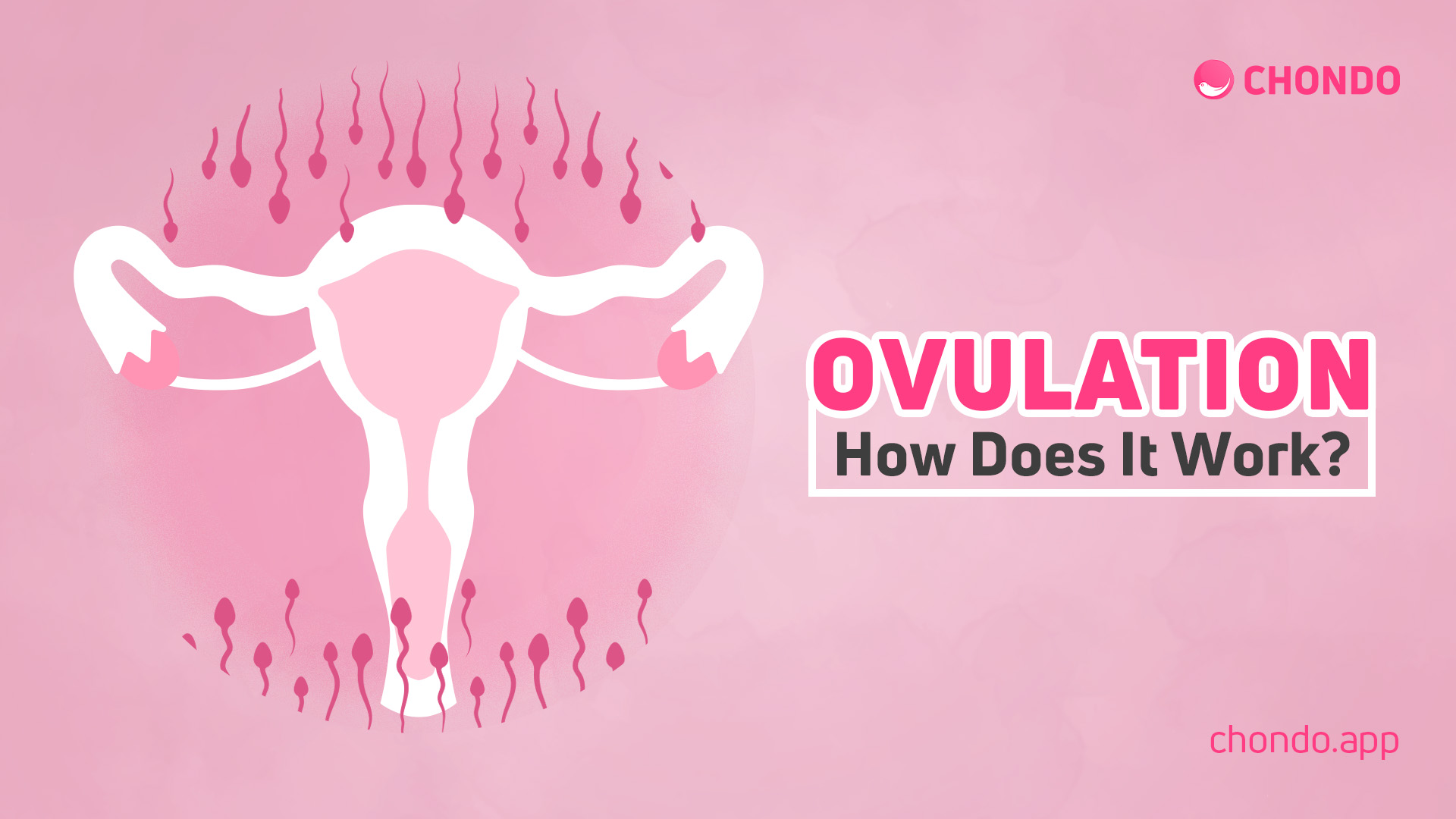Ovulation- What is it? How does it work
Ovulation is a phase of the menstrual cycle. This is a crucial phase as it can help you track which days you are most fertile.
Our menstrual cycles usually last for 21-35 days. Ovulation takes place between day 10-21. Basically our ovulation day comes 14 days prior to our next period or menstruation.
Women are born with all of their eggs which happens to be 1-2 million in numbers. But not all eggs are released. The Luteinizing Hormone (LH) triggers mature egg discharge.
When your ovaries release a mature egg, the ovulation period begins. The egg lives for 24 hours only, and fertilisation needs to happen during this time. This is why tracking ovulation is vital.
The egg travels from the ovary to the uterus. It travels through the fallopian tubes.
After the ovaries release an egg, progesterone makes the uterus prepare for pregnancy by making the inner walls thicker. During this time, your body temperature will rise. This is an indication of ovulation.
The ovaries release an egg for pregnancy. This means there are two scenarios that can take place.
The number one scenario is when your egg gets fertilised by a sperm in the tube. The egg will go to the uterus and implant. This is what we call ‘pregnancy’.
In the second scenario, the egg does not get fertilised. Since the egg’s function is reproduction, the unfertilized egg goes to the uterus and becomes a lump of cells.
Without pregnancy, the uterus starts shedding its thick inner walls 14 days after ovulation. This is what we know as ‘period’.
Did you know unlike the egg, sperms can live for 3-5 days in the fallopian tubes? Usually, a woman is most fertile six days before the egg release. Therefore, those seven days are crucial if you are trying to conceive.
Download Chondo App
Track your period and get notified.
Download
Beta







